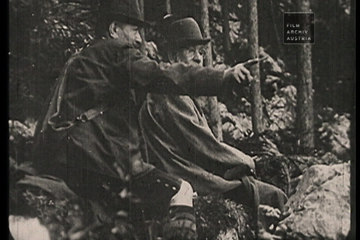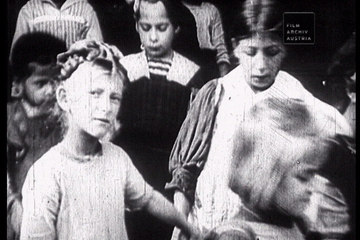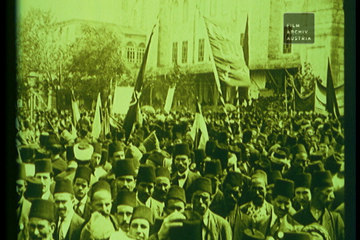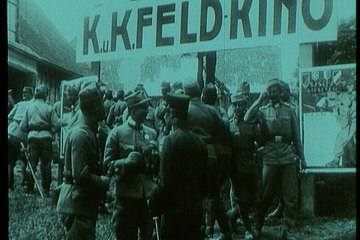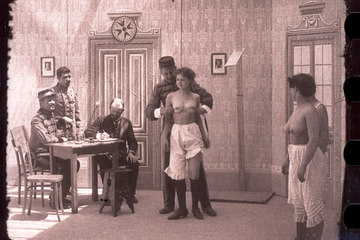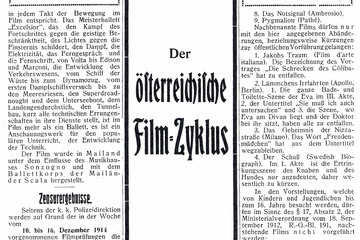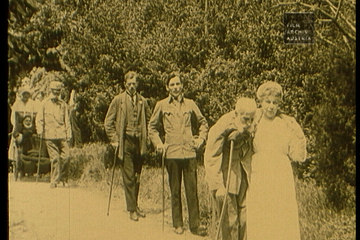Presentation of the imperial household: pictorial icons
Cinematographic reporting on the duties of the members of the court quickly developed into a specialization by domestic and foreign companies. Weeks before an event the production companies began preparing and advertising what were billed as ‘sensational’ pictures.

